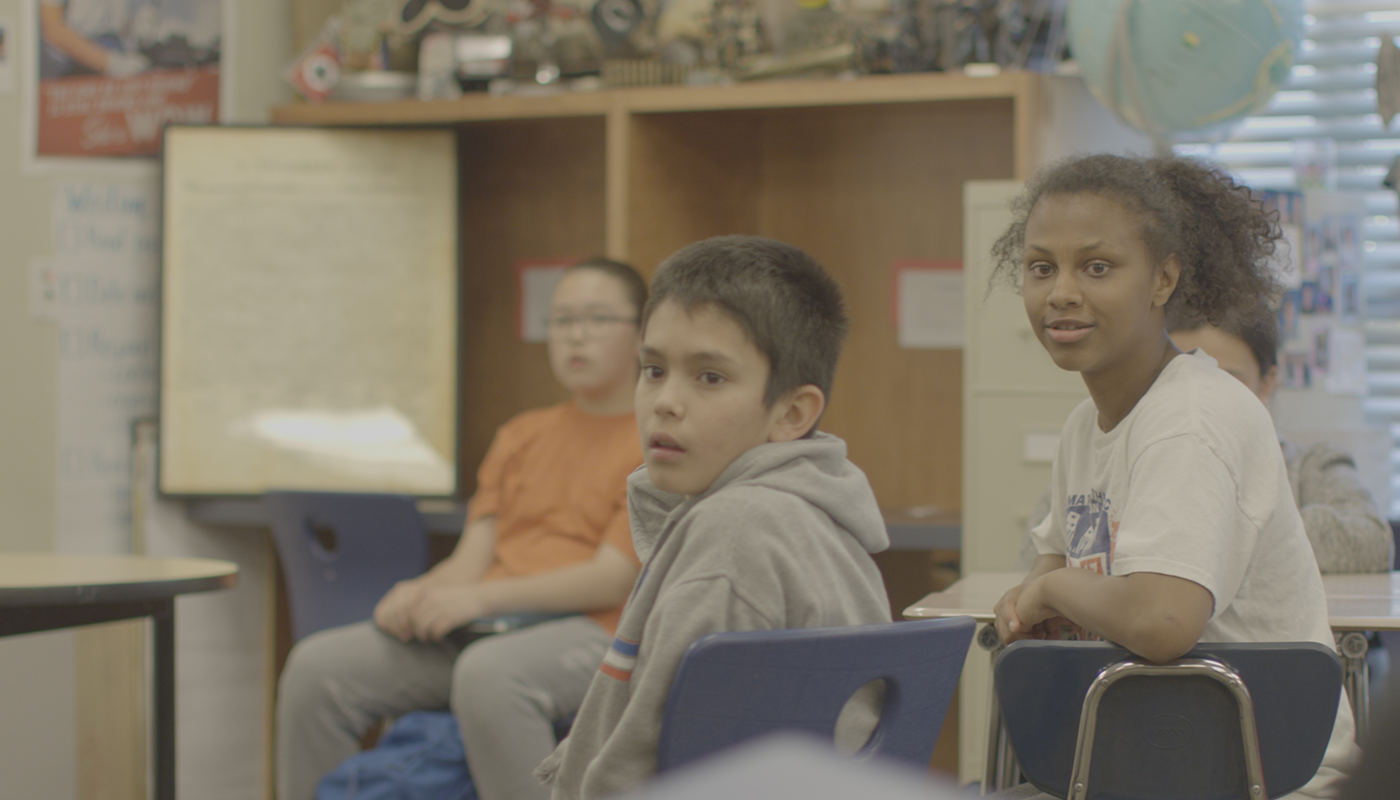
Located on the Spokane Native American reservation in Northeast Washington, Wellpinit Middle School stand outs for its principal’s and teachers’ school-wide commitment to adapting Summit Learning to unique settings and curriculum. Staff have also set a high academic bar for students and demonstrate responsiveness to diverse student learning needs.
Having first implemented the Summit Learning Program in 2016 with its 6th-8th grade students, Wellpinit is now one of 12 Summit Learning Schools being recognized as a 2017-18 Spotlight school. Watch the video below to see Summit Learning in action at Wellpinit Middle School!
Adapting Summit Learning with Purpose
Wellpinit’s rich Spokane tribal history is an important part of its community, and the school has modified and adjusted parts of the Summit Learning base curriculum and Projects to include that history.
History Teacher Geri Flett, a veteran teacher of 32 years, describes how students are learning important Cognitive Skills — like point of view and integrating evidence — while learning about their heritage through immersive Projects.
“It was pretty powerful for the students
to understand and embody
another person’s point of view.”— Geri Flett, History Teacher
“I’ve made my own projects in six focus areas on tribal history to fulfill our state mandates about Washington history,” says Flett. “[The students] created two-voice poems about the Battle of 1858 — one student took on the voice of a tribal member, and the other student took on the voice of a soldier. It was pretty powerful for the students to understand and embody another person’s point of view.”
Responsive Teaching to Diverse Learners
While class sizes at Wellpinit Middle School are small, with 20 to 25 students per grade level, there is a wide range of learning levels. Principal Kris Herda says that teachers are using and adapting Summit Learning components — Projects, Mentoring, and Self-Direction — to both help students advance their learning and better support those who need more time or additional instruction in a particular content area.
Not only are they using student data to help move the academic needle, teachers are also taking student feedback into account when it comes to class structure and schedules. For example, Wellpinit set aside a common block of time on Fridays for more authentic personalized learning. During this block, students work independently, with their teachers, and with their peers on areas that matter to them — whether that be taking content assessments, attending a teacher-led small group workshop, working on a Project, or participating in peer tutoring.
This post is the first in our Summit Learning Spotlight series. Follow the Summit Learning Spotlight tag to get the latest Spotlight school and teacher stories.

